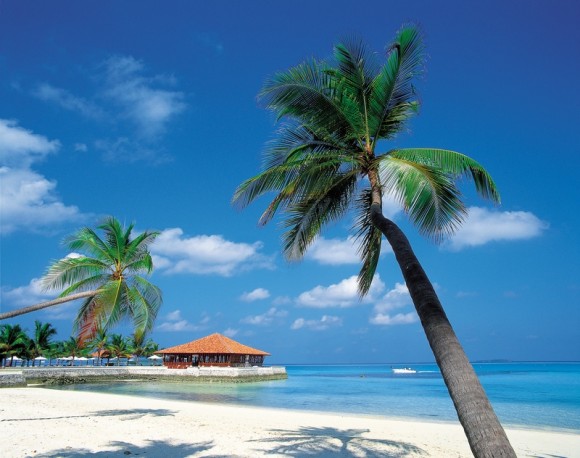 We are limbering up for our Caribbean class taking place this coming Saturday, if you haven’t booked your place yet, you are going to miss out on a great day.
We are limbering up for our Caribbean class taking place this coming Saturday, if you haven’t booked your place yet, you are going to miss out on a great day.
Your chef will be taking you through some fabulous Caribbean recipes. You will prepare and cook jerk chicken, tasty spicy ribs and to round up the main course , authentic rice and peas.
With lots of Caribbean cooking tips and recipe ideas thrown in – this will be a day to remember.
There are just two spaces left on the course – so please click through and reserve your place now.
In the meantime just to get you in the mood –
RUM PUNCH
Splash of lemon juice
2 measures of light rum
2 liters ginger ale
1 qt. fruit punch
1 qt. orange juice or pineapple juice
Ice cubes
Pour into punch bowl. Stir well. To serve: pour over one ice cube in each glass.
Where Rum Originated
Sugarcane was brought to the Caribbean by Columbus in the late 15th century, and the process of making rum, insofar as most people would recognize it today, probably first occurred on a Caribbean sugar plantation in the 17th century. Many rum historians agree that the first rum was made on the island of Barbados using molasses.
How Rum is Made
Rum can be made from either molasses or sugarcane juice—both bi-products of refining sugar—although rum made from molasses is more popular in the Americas. To make rum, the molasses (or sugarcane juice) is first fermented by adding yeast and water. It is then distilled to concentrate the alcohol and remove impurities before being aged. Traditionally rum from the Caribbean and the Americas is aged in American oak casks.
Different Styles of Rum
Rums produced from different stills in different regions can vary widely in terms of both quality and style based on the source of the sugarcane, the length of fermentation, the type of still used for distillation, and the type of cask employed for aging. Further, how the rum is bottled can make a huge difference in the end product.
Light rum is usually the result of a short fermentation process—perhaps as short as 12 hours, although usually a day or two. Dark rum may be fermented for up to a fortnight. The rum is then distilled in one of two types of stills frequently related to the colonizing nation. For example, rum produced in former British colonies is often distilled in pot stills, while rum distilled in former Spanish colonies is more often distilled in column stills.
Read more: http://liquor.suite101.com/article.cfm/how_caribbean_rum_is_produced_from_sugarcane#ixzz0TdsKyzO6
Where Rum Originated
Sugarcane was brought to the Caribbean by Columbus in the late 15th century, and the process of making rum, insofar as most people would recognize it today, probably first occurred on a Caribbean sugar plantation in the 17th century. Many rum historians agree that the first rum was made on the island of Barbados using molasses.
How Rum is Made
Rum can be made from either molasses or sugarcane juice—both bi-products of refining sugar—although rum made from molasses is more popular in the Americas. To make rum, the molasses (or sugarcane juice) is first fermented by adding yeast and water. It is then distilled to concentrate the alcohol and remove impurities before being aged. Traditionally rum from the Caribbean and the Americas is aged in American oak casks.
Different Styles of Rum
Rums produced from different stills in different regions can vary widely in terms of both quality and style based on the source of the sugarcane, the length of fermentation, the type of still used for distillation, and the type of cask employed for aging. Further, how the rum is bottled can make a huge difference in the end product.
Light rum is usually the result of a short fermentation process—perhaps as short as 12 hours, although usually a day or two. Dark rum may be fermented for up to a fortnight. The rum is then distilled in one of two types of stills frequently related to the colonizing nation. For example, rum produced in former British colonies is often distilled in pot stills, while rum distilled in former Spanish colonies is more often distilled in column stills.
Read more: http://liquor.suite101.com/article.cfm/how_caribbean_rum_is_produced_from_sugarcane#ixzz0TdsKyzO6
Where Rum Originated
Sugarcane was brought to the Caribbean by Columbus in the late 15th century, and the process of making rum, insofar as most people would recognize it today, probably first occurred on a Caribbean sugar plantation in the 17th century. Many rum historians agree that the first rum was made on the island of Barbados using molasses.
How Rum is Made
Rum can be made from either molasses or sugarcane juice—both bi-products of refining sugar—although rum made from molasses is more popular in the Americas. To make rum, the molasses (or sugarcane juice) is first fermented by adding yeast and water. It is then distilled to concentrate the alcohol and remove impurities before being aged. Traditionally rum from the Caribbean and the Americas is aged in American oak casks.
Different Styles of Rum
Rums produced from different stills in different regions can vary widely in terms of both quality and style based on the source of the sugarcane, the length of fermentation, the type of still used for distillation, and the type of cask employed for aging. Further, how the rum is bottled can make a huge difference in the end product.
Light rum is usually the result of a short fermentation process—perhaps as short as 12 hours, although usually a day or two. Dark rum may be fermented for up to a fortnight. The rum is then distilled in one of two types of stills frequently related to the colonizing nation. For example, rum produced in former British colonies is often distilled in pot stills, while rum distilled in former Spanish colonies
Read more: http://liquor.suite101.com/article.cfm/how_caribbean_rum_is_produced_from_sugarcane#ixzz0Tdu3AKO6
 If you are looking for a unique Mother’s Day gift then Shires has the answer.
If you are looking for a unique Mother’s Day gift then Shires has the answer.




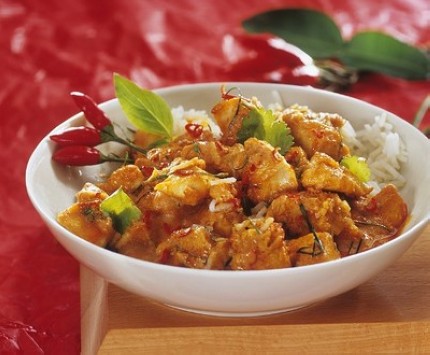

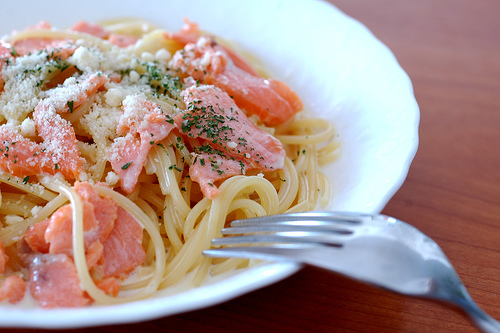
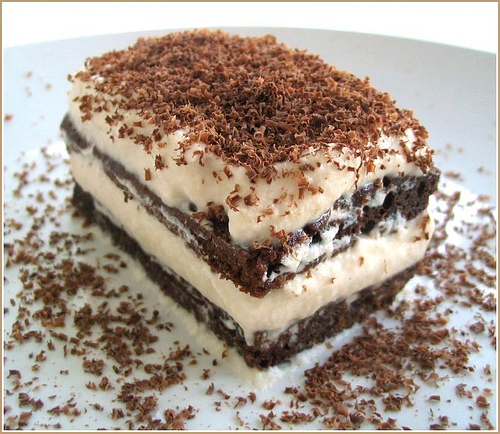
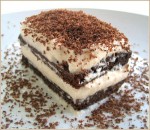
 We are limbering up for our Caribbean class taking place this coming Saturday, if you haven’t booked your place yet, you are going to miss out on a great day.
We are limbering up for our Caribbean class taking place this coming Saturday, if you haven’t booked your place yet, you are going to miss out on a great day.

